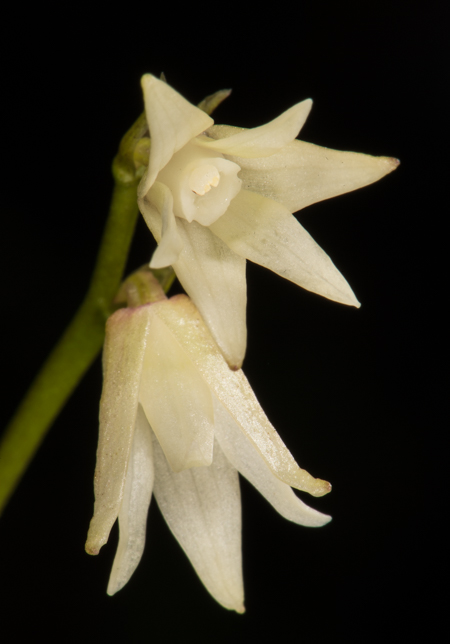In an orchid flower, spur (if present) arises from the base of the lip and considered as an extension of the latter. Spurs can be very minute to shorter or longer than the length of the lip. However, in general, irrespective of its shape and size, lips are pendulous (pointing downwards), but in rare cases they are arranged backward pointing also.
However, as an extreme rarity some species have unusually large horn-shaped forward bending spurs.




Post 42 – 24/December/2020























